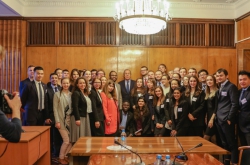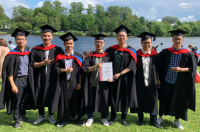Over the course of four days, the participants visited four major St. Petersburg companies interested in making their operations more environmentally friendly – Unilever, Baltika, TPV, and Bushe. The companies gave a short overview of their main activities and provided the participants with tasks by solving which the latter can help the former become more resource-effective and eco-friendly.
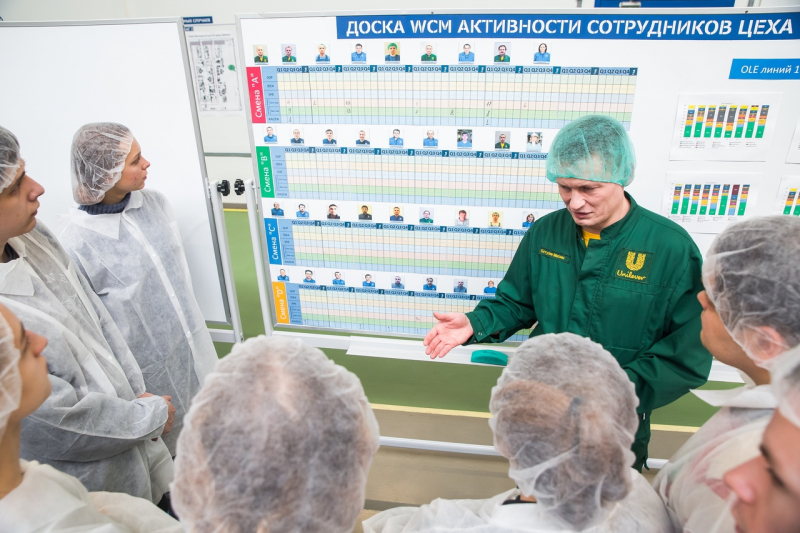
The students have a month and a half to prepare their final project – in late March, they will return to St. Petersburg to present their completed solutions to the project’s coordinators and company representatives.
ITMO.NEWS spoke to the participants to find out more about their work and the goals they plan to achieve as its result.
Tom Erik Ole Karlsson, University of Gävle, Environmental Strategies
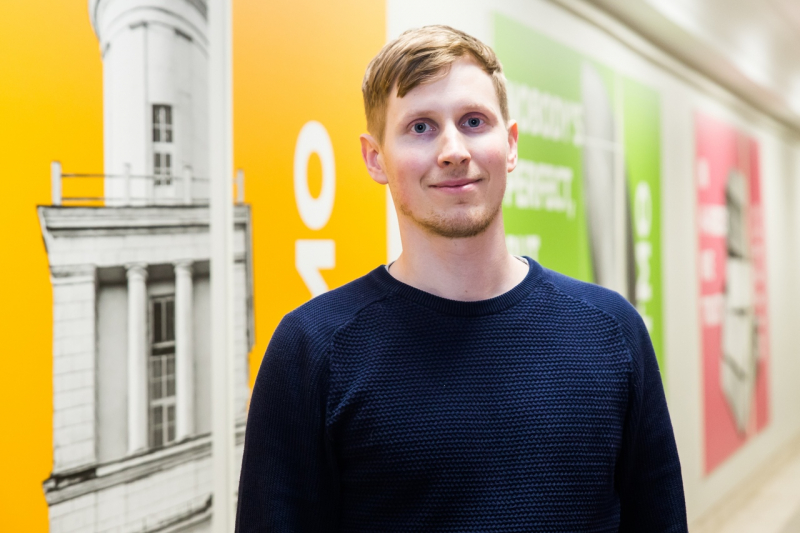
At my university, I study environmental strategies and environmental psychology: how we’re impacted by the environment, and how it’s impacted by us.
I applied for participation in this program having seen the announcement at the university. I read that this is a project about closed-loop economy and effective natural resource management – I’m really interested in both of these topics as these are the spheres you can really make a difference in. That’s because they are about the effectiveness of the production process, which is what interests the majority of companies since it holds out the prospect of financial gain.
Our team was allocated the case by the company TPV – they produce monitors and TVs. Their problem is a large amount of production waste: they would like to decrease it and also introduce some closed-loop economy practices. Our idea consists in using cardboard packaging instead of plastic containers as cardboard is much easier to dispose of ecologically.
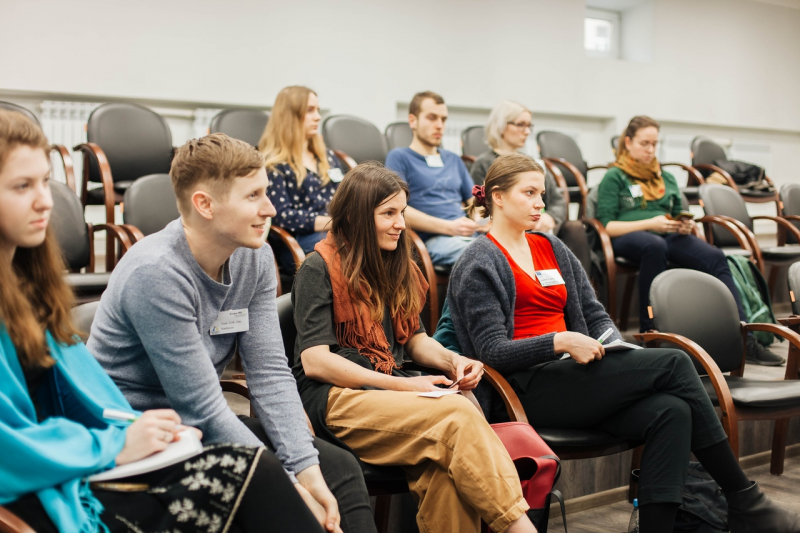
I have some experience of working at IKEA – they use cardboard pallets for transporting cargo. This allows them to decrease its weight by 20%, which means that each lorry will fit 20% more items. In addition, this removes the necessity of having to return wooden pallets back to the warehouse. This not only allowed the company to save money, but also significantly lowered its carbon footprint.
It’s very interesting for me to participate in an international collaboration, to see how environmental problems are solved in different countries. Only studying your country’s experience can make your research stagnate. I know how it’s done in Sweden, but I don’t know the situation in Russia, for example. It’s interesting to consider what changes we could introduce on an international level. It’s also very inspiring that all of the group’s members specialize in completely different topics – this new knowledge will come in extremely handy in my research.
Diana Rupeika, University of Latvia, Environmental Science
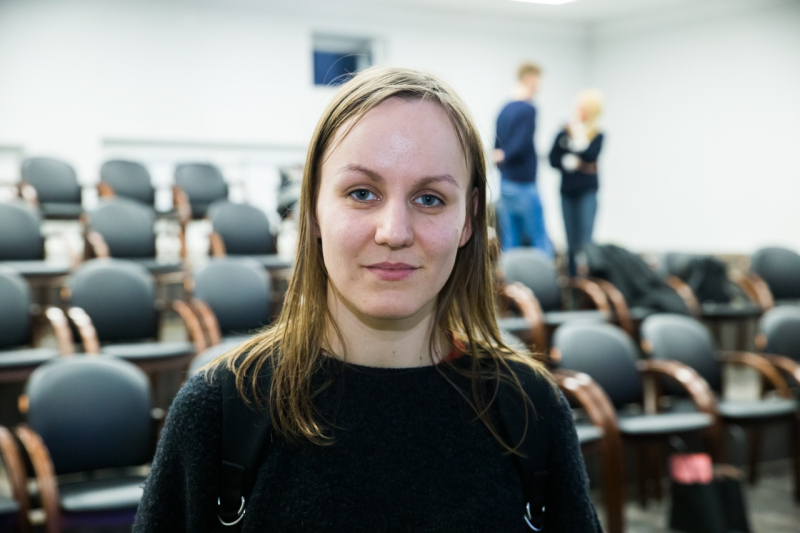
Our team works with the company Baltika – this is a major plant with a significant environmental impact, so helping them solve their power consumption case is very important. As of now, we’ve only conducted a superficial evaluation of their production facilities and don’t have the full scope of information. Which is why we first have to carry out a more in-depth research into this company so that we could develop our project and provide them with practical recommendations.
In the case of Baltika, the difficulty is that this is a big company in which the majority of the processes are automated – meaning that energy is used not in the most effective way possible. There are some things we have already thought of – for example, the generation of thermal energy in the production of beer. Now it just goes into the atmosphere, which is very inefficient. This energy can be applied somewhere because otherwise it’s just a waste of resources and a financial loss for the company. We have also considered the issue of lighting – we don’t know what lamps they use, perhaps we’ll suggest replacing these with energy-saving ones. Another big task is reducing the use of plastic packaging, although this is an issue of waste and not power consumption.
Alexey Krasilnikov, ITMO University, first-year Master’s student at the program Industrial Ecology and Cleaner Production
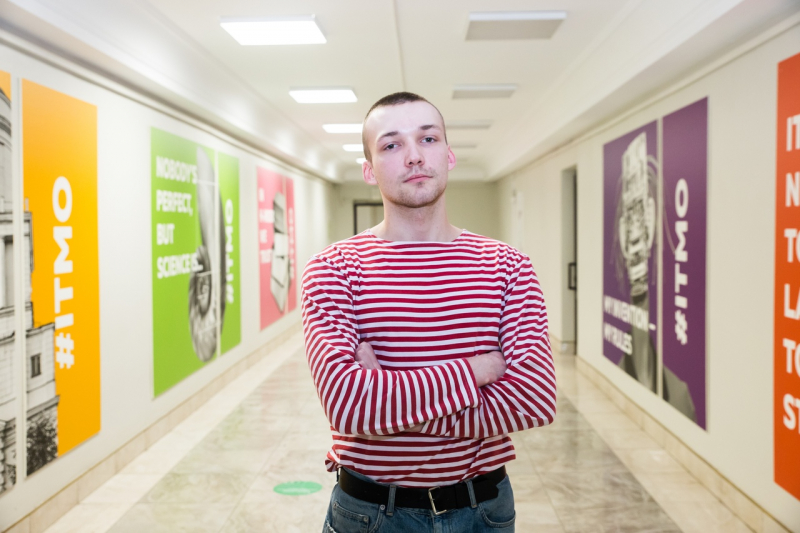
Our team consists of representatives of different countries: Germany, Finland, Latvia, Sweden, and Russia. We’re working on the case provided by the cafe-bakery chain Bushe. They want to find new opportunities for using coffee pulp – not just disposing of it but reducing the amount of waste by reusing it. We have quite a lot of ideas but we’ve had some trouble with how to implement them, namely in terms of transportation. Bushe’s 57 coffee shops produce from five to eight tons of pulp a month, which is much too little for industrial purposes. That’s why an optimal solution is managing it onsite at the cafes. This involves installing special equipment to dry the pulp, otherwise it will grow mold and become useless.
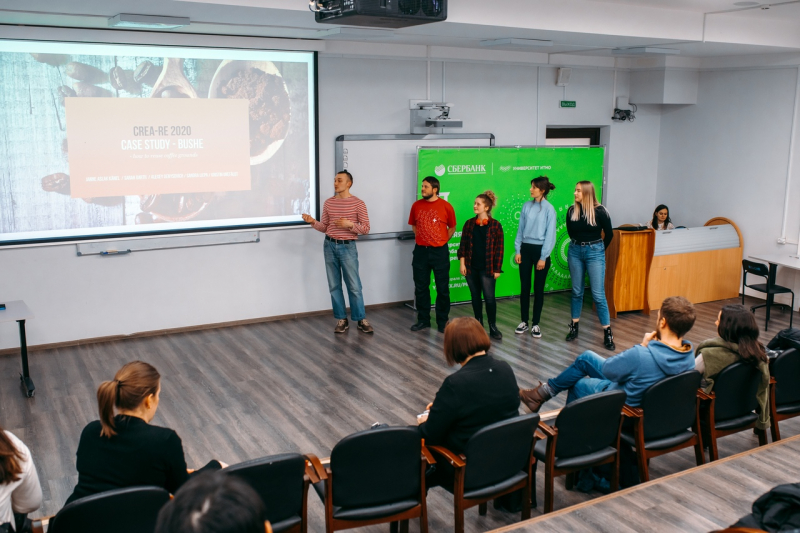
We also thought that the pulp can be used as a fertilizing agent, or as an additive to bread. Every day, Bushe accumulates a certain amount of unsold products which can be included in recycling along with the pulp to make brown bread, for example.
What participating in this project means to me is first and foremost practicing English, interacting with my European colleagues, exchanging experience and an opportunity to explore how environmental problems are approached in other countries.
Tatyana Semenova, ITMO University, second-year Master’s student at the program Industrial Ecology and Cleaner Production
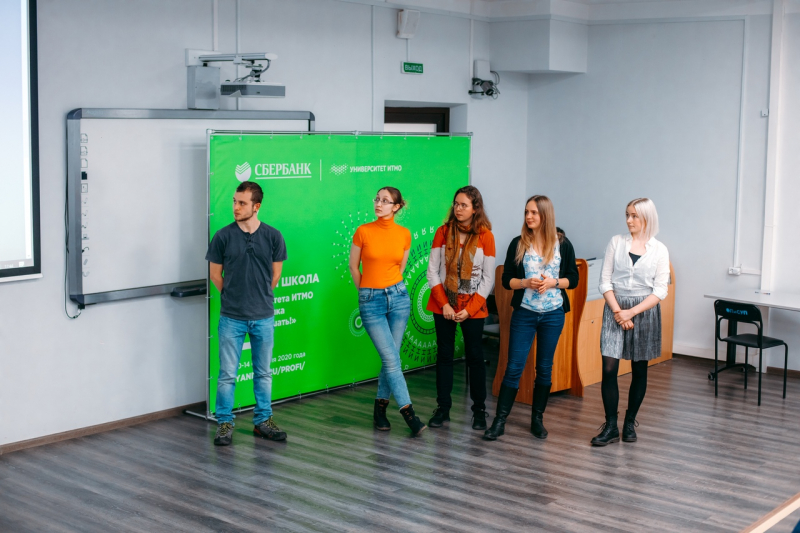
Our team’s task is to study the operating principle of water purification facilities at the company Unilever. We’re going to focus on the reduction of the amount of surface-active agents in the water. This can be achieved by introducing various sorption devices capable of removing these components. If possible, we’d just like to improve their installation method and technological processes to avoid creating additional equipment-related expenditure. But these are just our first ideas. As of now, we decided to focus on a more in-depth study of the topic of water purification; we’re currently looking into the activities of other Unilever units which we haven’t visited.
We were very satisfied with the tours of the companies and the cases they submitted. Everyone on our team got on really well with each other, it immediately became clear who would be who: I’m our liaison for interacting with the company, Mary is responsible for the presentation, Marchel filters out unnecessary information among our mailouts, Laura is our motivator and Hannah is our leader. Everyone was ok with the position they got. As for the exact roles in terms of working on the project, we described them in the presentation that took place before the departure: someone will be dealing with general information, someone will focus on biological aspects, someone on economic ones, and I’ll take care of the technical implementation of our project.



